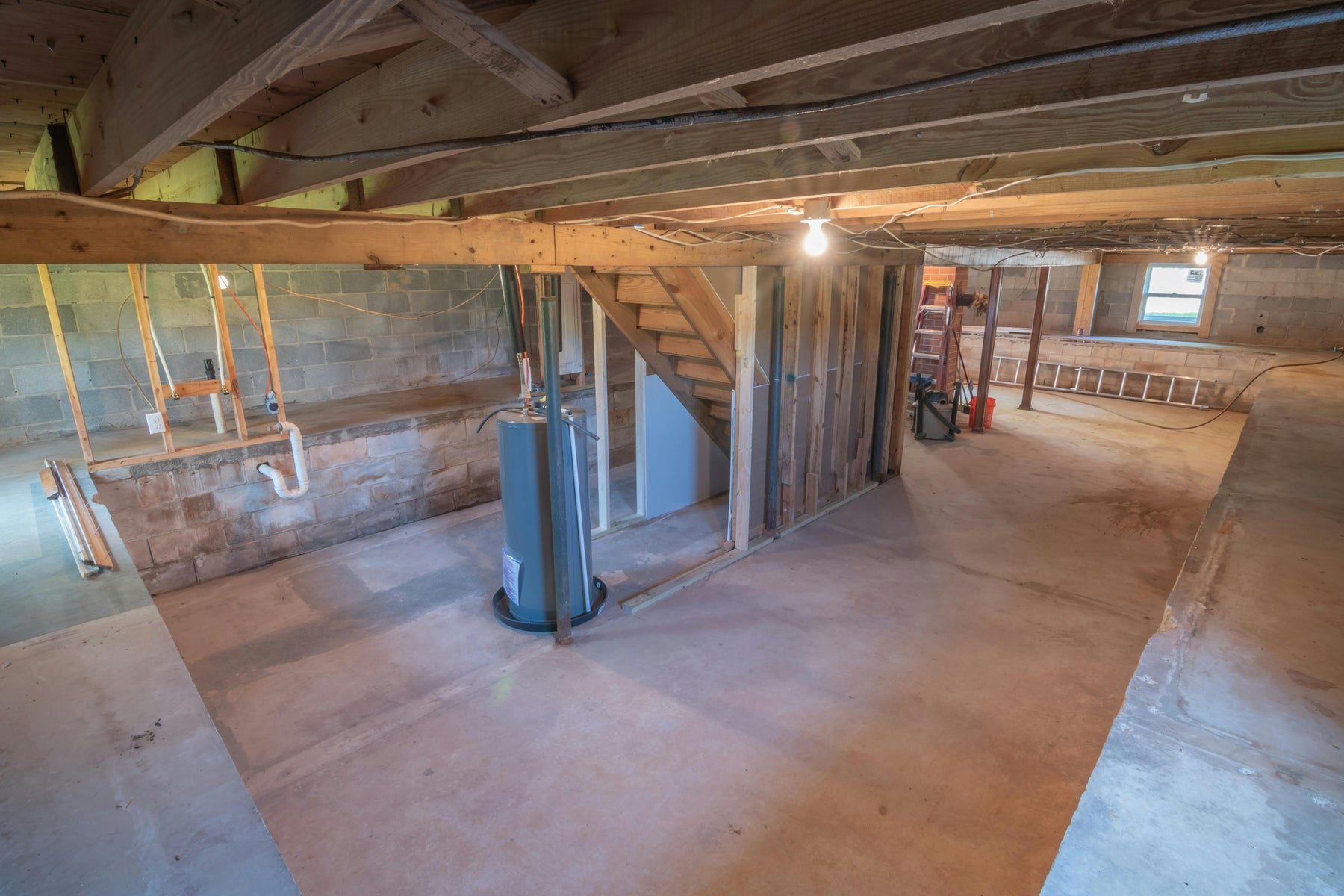
The Basement Blues: Beating Moisture and Keeping Things Cozy
Basements can be tricky spaces to manage, especially when it comes to keeping them comfortable and dry. If you don't take steps to address moisture issues, you might end up with an unwelcome guest: mold. This can lead to unpleasant odors and make your basement an unenjoyable space. Thankfully, there are solutions to keep your basement feeling like an extension of your home, and they're based on sound science.
Moisture in the Basement: The Enemy Within
There are three main culprits behind basement moisture problems:
Indoor Moisture: Everyday activities in your home generate moisture that can condense on the cooler surfaces of basement walls and floors.
Exterior Moisture: Missing moisture barriers in the foundation allow water from the surrounding soil to seep in.
Fresh Concrete: If you have a new build, the concrete itself can give off significant moisture for some time.
The Problem with Traditional Insulation
Materials like fiberglass and cellulose are prone to getting soggy when placed right up against basement walls. To make matters worse, plastic vapor barriers can trap moisture inside the wall, leading to serious problems.
Building America's Science-Backed Solutions
To banish basement moisture issues, follow these recommendations from Building America research:
Start with Groundwater Protection: Think of it as waterproofing. A plastic sheet between the foundation wall and the footings prevents groundwater from wicking upward. Install rigid foam insulation with a vapor barrier underneath a concrete basement slab to block diffusion and keep the floor warmer.
Exterior Insulation, The Ideal Solution: Installing rigid fiberglass or XPS (extruded polystyrene) foam on the outside of your basement walls controls moisture and boosts energy efficiency. This also protects basement walls from damaging freeze-thaw cycles in cold regions. While effective, this option isn't suitable for areas with termite problems.
Interior Insulation: Options and Cautions
- Closed-Cell Spray Foam: Offers superior moisture control but needs a protective covering to meet fire codes.
- Rigid Foam (XPS, EPS, or Polyisocyanurate): Seal these panels completely to the foundation with zero air gaps and caulk the edges meticulously.
Additional Tips from Building America
Ventilation and Dehumidification: While insulation is vital, pay attention to air circulation and humidity control.
Forget the Plastic Vapor Barrier: Use a semi-permeable material that allows some drying action towards the inside.
Seal the Gaps: Thorough air sealing in the rim joists, ceiling, and foundation walls reduces drafts that can bring moisture into the basement.
Making Your Basement More Enjoyable
Besides eliminating musty odors and potential mold, basement insulation offers another significant advantage: it can significantly reduce your energy bills. A substantial amount of heat loss (up to 30%) can occur through an uninsulated basement.
Thinking about tackling your basement insulation project? If you're not sure how to get started, consult a professional who specializes in building practices that promote energy efficiency.
